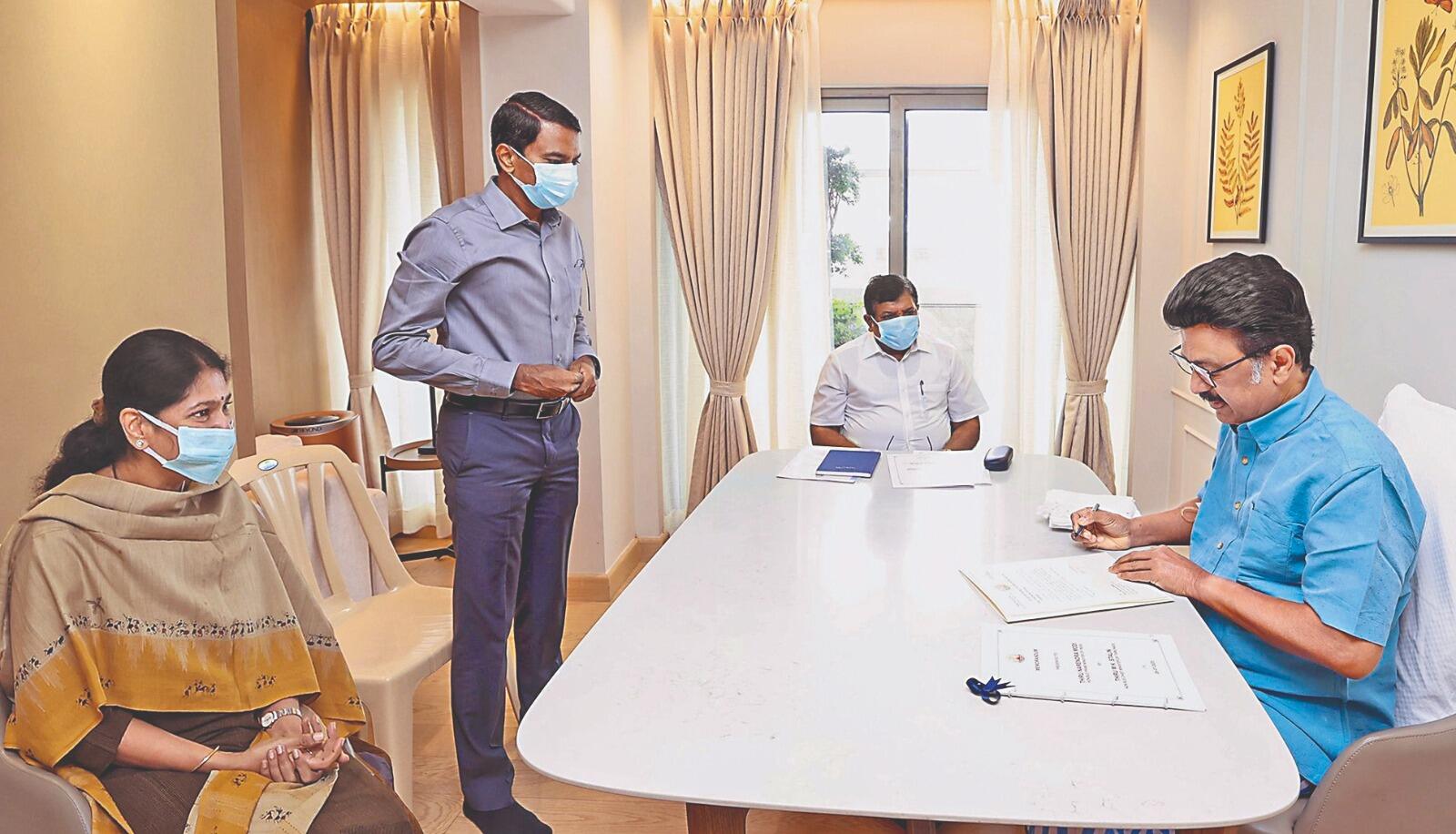What procedures did Stalin go through? It doesn’t matter

Tamil Nadu Chief Minister MK Stalin has been in the hospital since July 21. Newspapers including Times of India cited hospital medical notices, saying he was investigated, including diagnostic angiography and a therapeutic procedure to correct changes in his heartbeat.
Soon, some circles discussed why we did not specify a treatment procedure (as in Tamil every day). Some say newspapers don’t have the “game” to report details. I beg to differ.
We know exactly what the process is. Following guidelines on patient confidentiality is a wise decision not to go into details. If the patient is not a VIP, would we follow the same guidelines?

The answer is yes unless the process is news (here, again, the patient’s identity will be revealed only if consent and adds value to the story).
Does the media always follow these guidelines? No. In the early 2000s, the news magazine had AB Vajpayee on the cover and read the title: How healthy is our PM? It has a photo of Vajpayee (as in an anatomy textbook) with more than a dozen body parts marked with specific illnesses. I don’t remember the Vajpayee protesting.
He will be 15 years or more.
Things have changed. Today, mainstream media follows internationally recognized guidelines while reporting on people’s health. Shouldn’t the public be aware of the health of public figures, especially those who decide what to do to affect public life?
I believe we should know the health of lawmakers, but we are not entitled to their diagnostic form. This is the importance of official health notices that provide adequate and accurate information without violating the patient’s confidentiality.
The medical notice on Stalin maintained this promise. It said the result of the procedure was normal and the Chief Minister would resume work within two days.
Not all medical announcements are being released when a patient is a high-profile person. Senior journalist covering the health of former Chief Minister MG Ramachandran remembers that the hospital regularly issues health notices that the necessary information is provided. However, after he returned from the United States (where he was treated), the information was dry and the guess was high. MGR visited the United States for treatment and died two months later.
Medical announcements during J Jayalalithaa’s hospitalization are sometimes inaccurate and misleading. On September 22, 2016, an announcement said she was hospitalized for fever and dehydration (it turned out to be she fainted at home); two days later it said she was taking a normal diet.
On September 29, the hospital said that CM recovered well. On October 6, an announcement stated that she was supporting her respiratory tract. Her condition was released on December 5, 2016 (November 13, Jayalalithaa) and said she was “reborn from people’s prayers”, but it may be due to the orders of the patient or her caregiver, and the hospital sometimes reduces the criticality of the condition.
The worst thing an announcement can do is provide inaccurate information. When the public personality accepts critical procedures like ECMO (when the machine takes over the heart and lung function), we do not want hospitals to record in the case of recording, but must understand the severity of the media.
Good health journalists have no difficulties in tracking the VIP status of the hospital. The role of newspapers on information depends on the responsibility to the patients and the public.
Disclaimer
The views expressed above are the author’s own.
End of the article






